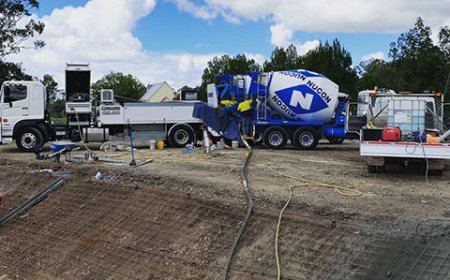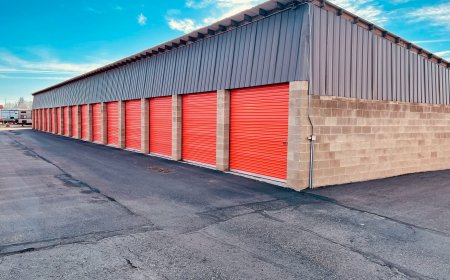Heating Oil Types in the UK: What You Need to Know

For millions of homes across the UKparticularly those in rural or off-grid areasheating oil is a vital part of everyday life. Used to fuel boilers and heating systems, heating oil offers a dependable and efficient way to heat homes that arent connected to the mains gas grid. But not all heating oil is the same. In the UK, there are two main types of heating oil:kerosene and gas oil. Understanding the differences between them can help homeowners choose the right option for their property.
1. Kerosene (28-Second Oil)
Kerosene is the most common type of heating oil used in UK homes. It is a clear, thin, and highly refined fuel, sometimes referred to as heating oil, kero, or paraffin.
Main features of kerosene:
-
Clean-burning: Kerosene produces fewer carbon deposits and burns more cleanly than gas oil, which helps maintain boiler efficiency.
-
High efficiency: Because of its cleaner burn, kerosene helps prolong the lifespan of your heating system and reduces servicing costs.
-
Cold-weather performance: Its lower freezing point makes it a good option for use during winter, especially in colder regions of the UK.
-
Wide compatibility: Kerosene works with most modern oil-fired boilers and is also commonly used in range cookers like AGAs and Rayburns.
Many suppliers also offer premium kerosene, which contains additives designed to improve fuel stability, increase efficiency, and reduce sludge build-up in the tank. Though slightly more expensive per litre, premium kerosene may lead to long-term savings through reduced maintenance and improved system performance.
2. Gas Oil (35-Second Oil)
Gas oil, also known as red diesel, is a heavier and less refined type of heating oil. It is dyed red to indicate that it is not for use in road vehicles and is taxed at a lower rate.
Main features of gas oil:
-
Heavier fuel: It is thicker than kerosene and produces more soot, which can clog boilers over time.
-
Primarily used for commercial or agricultural purposes: While it can be used in heating, it is more often found in machinery, generators, and older commercial heating systems.
-
Limited use in modern homes: Most new domestic oil boilers are not compatible with gas oil, and it is not recommended for use in newer residential systems.
Although some older homes in the UK may still use gas oil, it is generally being phased out in favour of cleaner and more efficient fuels like kerosene.
Looking Ahead: Renewable Alternatives
With increasing focus on environmental sustainability, there is growing interest in renewable heating oil alternatives. One of the most promising is Hydrotreated Vegetable Oil (HVO), a biofuel made from waste oils and fats. HVO offers up to 90% lower carbon emissions compared to traditional heating oil. While not yet widely available, it is currently being trialled in some parts of the UK as a potential low-carbon replacement for kerosene.
Conclusion
When it comes to heating oil in the UK, kerosene is the go-to fuel for most domestic users due to its efficiency, availability, and compatibility with modern systems. Gas oil still plays a role in certain industrial or legacy systems but is generally less suitable for homes. With renewable alternatives like HVO on the horizon, the future of heating oil is set to become cleaner and greener.


































































